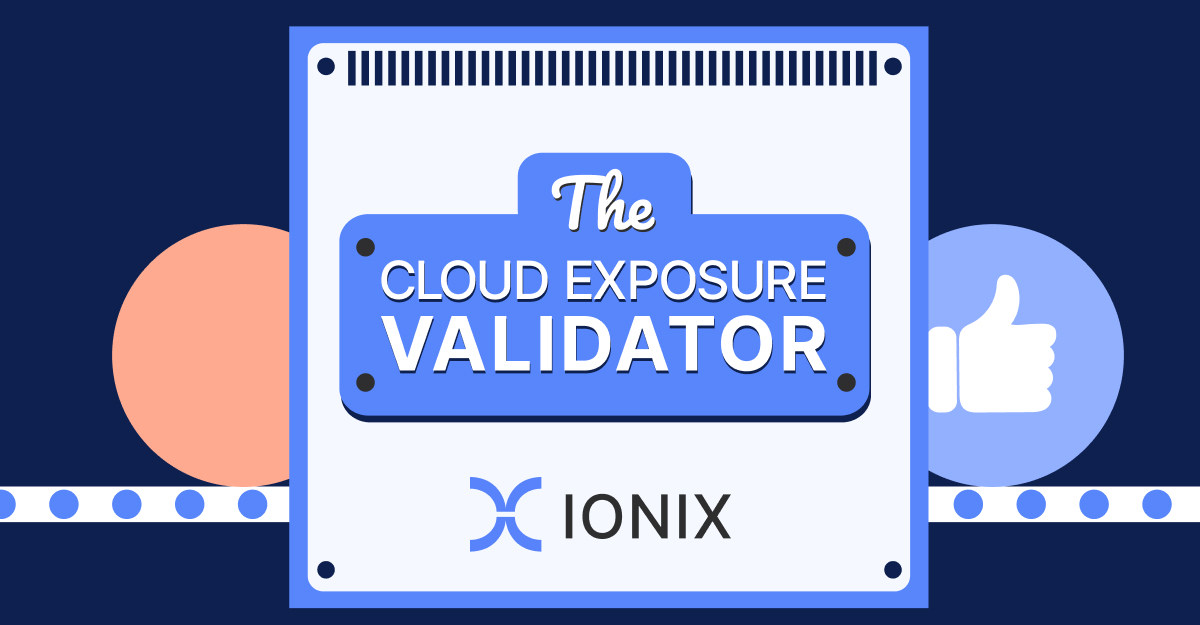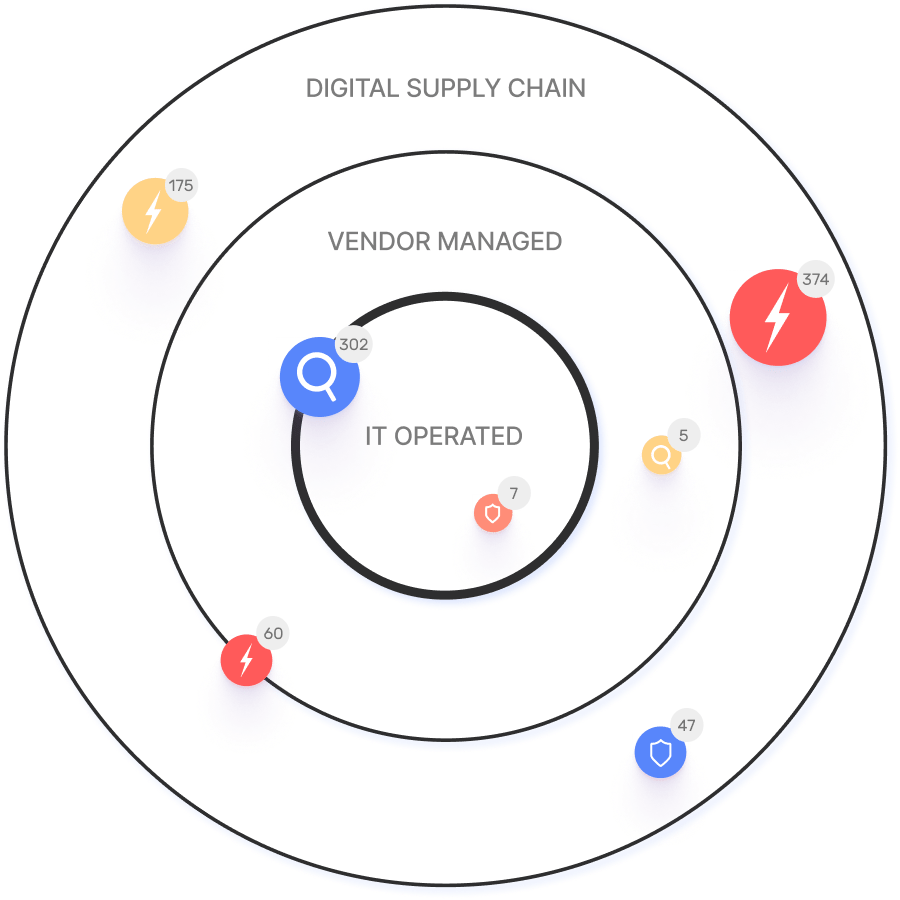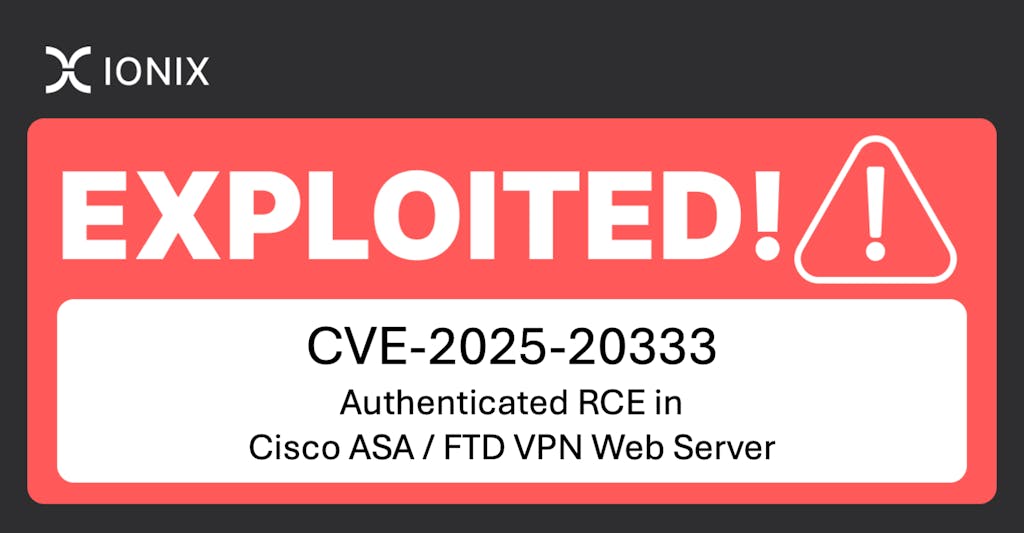Frequently Asked Questions
Product Information
What is IONIX and what does it do?
IONIX is an External Exposure Management platform designed to help organizations identify exposed assets and validate exploitable vulnerabilities from an attacker's perspective. It enables security teams to prioritize critical remediation activities by providing complete attack surface visibility, identification of potential exposed assets, validation of assets at risk, and prioritization of issues by severity and context. Learn more.
What are the main features of the IONIX platform?
The IONIX platform offers Attack Surface Discovery, Risk Assessment, Risk Prioritization, and Risk Remediation. It helps organizations discover all relevant assets, monitor their changing attack surface, and ensure more assets are covered with less noise. Key features include ML-based Connective Intelligence, Threat Exposure Radar, comprehensive digital supply chain mapping, and streamlined remediation workflows. Explore features.
What integrations does IONIX support?
IONIX integrates with tools such as Jira, ServiceNow, Slack, Splunk, Microsoft Sentinel, Palo Alto Cortex/Demisto, and AWS services including AWS Control Tower, AWS PrivateLink, and pre-trained Amazon SageMaker Models. For a full list, visit IONIX Integrations.
Does IONIX offer an API for integrations?
Yes, IONIX provides an API that supports integrations with major platforms like Jira, ServiceNow, Splunk, Cortex XSOAR, and more. Details are available at IONIX Integrations.
Features & Capabilities
What problems does IONIX solve for organizations?
IONIX addresses several core challenges: identifying the complete external web footprint (including shadow IT and unauthorized projects), enabling proactive security management, providing real attack surface visibility from an attacker’s perspective, and ensuring continuous discovery and inventory of internet-facing assets and dependencies. These solutions help organizations mitigate risks, prevent breaches, and maintain up-to-date asset inventories. Learn more.
How does IONIX differentiate itself from other attack surface management solutions?
IONIX stands out with its ML-based Connective Intelligence, which discovers more assets with fewer false positives compared to competitors. Its Threat Exposure Radar helps prioritize urgent security issues, and the platform offers comprehensive digital supply chain mapping and streamlined remediation workflows. These features provide unmatched visibility, accuracy, and operational efficiency. Why IONIX.
What compliance and security certifications does IONIX have?
IONIX is SOC2 compliant and supports companies with NIS-2 and DORA compliance, ensuring robust security measures and regulatory alignment.
How is IONIX rated for product innovation and usability?
IONIX has earned top ratings for product innovation, security, functionality, and usability. It was named a leader in the Innovation and Product categories of the ASM Leadership Compass for completeness of product vision and a customer-oriented, cutting-edge approach to ASM. See details.
Use Cases & Benefits
Who can benefit from using IONIX?
IONIX is designed for Information Security and Cybersecurity VPs, C-level executives, IT managers, and security managers across industries, including Fortune 500 companies. It is suitable for organizations in insurance, financial services, energy, critical infrastructure, IT and technology, and healthcare. See customers.
What business impact can customers expect from using IONIX?
Customers can expect improved risk management, operational efficiency, cost savings, and enhanced security posture. IONIX enables visualization and prioritization of hundreds of attack surface threats, actionable insights, one-click workflows, reduced mean time to resolution (MTTR), and optimized resource allocation. Read more.
Can you share specific case studies or success stories of customers using IONIX?
Yes, IONIX has several published case studies:
- E.ON: Improved risk management by continuously discovering and inventorying internet-facing assets. Read case study.
- Warner Music Group: Boosted operational efficiency and aligned security operations with business goals. Read case study.
- Grand Canyon Education: Enhanced security by proactively discovering and remediating vulnerabilities. Read case study.
Technical Requirements & Implementation
How long does it take to implement IONIX and how easy is it to start?
Getting started with IONIX is simple and efficient. Initial deployment takes about a week and requires only one person to implement and scan the entire network. Customers have access to onboarding resources such as guides, tutorials, webinars, and a dedicated Technical Support Team. Read more.
What training and technical support is available for IONIX customers?
IONIX offers streamlined onboarding resources including guides, tutorials, webinars, and a dedicated Technical Support Team to assist customers during implementation and adoption. Learn more.
What customer service and support does IONIX provide after purchase?
IONIX provides technical support and maintenance services during the subscription term, including troubleshooting, upgrades, and maintenance. Customers are assigned a dedicated account manager and benefit from regular review meetings to address issues and ensure smooth operation. See terms.
Where can I find technical documentation and resources for IONIX?
Technical documentation, guides, datasheets, and case studies are available on the IONIX resources page. Explore resources.
Market Size & Industry Trends
What is attack surface management (ASM)?
Attack surface management is a set of processes and tools used to identify an organization’s assets, inventory those assets, and analyze their exposure and risk. ASM provides a holistic view of what your organization looks like from an attacker’s perspective and prioritizes risks based on business importance and exploitability. Learn more.
How has the attack surface changed in recent years?
The attack surface has expanded and become more complex due to hybrid environments, cloud adoption, SaaS, APIs, web apps, remote work, and increased use of third-party vendors. This has led to more endpoints and challenges in identifying and securing all assets, resulting in more vulnerabilities. In 2022, 25,093 CVEs were published, a 24.51% increase over 2021 (source: NIST National Vulnerability Database).
When did the attack surface management market emerge?
The attack surface management market emerged in mid-2021 and is expected to experience rapid growth as organizations recognize the need to secure their expanding attack surfaces.
What is the size and projected growth of the attack surface management market?
According to an August 2022 study from the International Data Corporation (IDC), worldwide attack surface management market revenue was 6.2 million in 2021 and projected to reach 5.2 million in 2022, growing by 31%. By 2026, IDC forecasts revenue will reach 0.7 million, growing at a CAGR of 17.5%. Source.
How is attack surface management related to vulnerability management?
Attack surface management and external attack surface management are often categorized as part of the vulnerability management (VM) market, making it difficult to isolate ASM market size. ASM focuses on visualizing and prioritizing risks across all assets, complementing traditional vulnerability management approaches.
Support & Customer Experience
What feedback have customers given about IONIX's ease of use?
Customers have rated IONIX as user-friendly and appreciate having a dedicated account manager for smooth communication and support.
Blog & Learning Resources
Where can I find the IONIX blog?
The IONIX blog offers articles and updates on cybersecurity, exposure management, and industry trends. Visit IONIX Blog.
What kind of content does the IONIX blog provide?
The IONIX blog covers topics such as vulnerability management, continuous threat exposure management, market trends, and best practices in cybersecurity. Key authors include Amit Sheps and Fara Hain.
Customer Proof & Industry Recognition
Who are some of IONIX's customers?
IONIX's customers include Infosys, Warner Music Group, The Telegraph, E.ON, Grand Canyon Education, and a Fortune 500 Insurance Company. See more.
What industry awards and recognition has IONIX received?
IONIX was named a leader in the 2025 KuppingerCole Attack Surface Management Leadership Compass and won the Winter 2023 Digital Innovator Award from Intellyx. The company has also secured Series A funding to accelerate growth and expand platform capabilities. See details.








